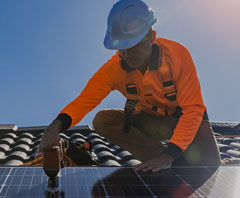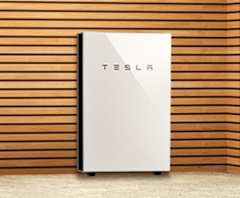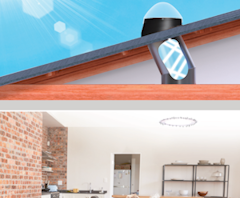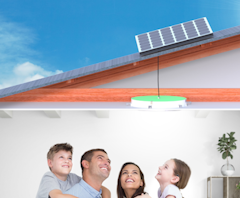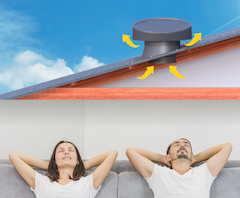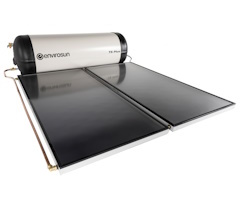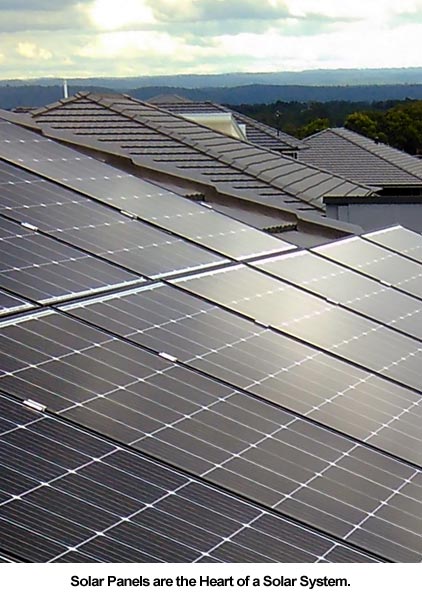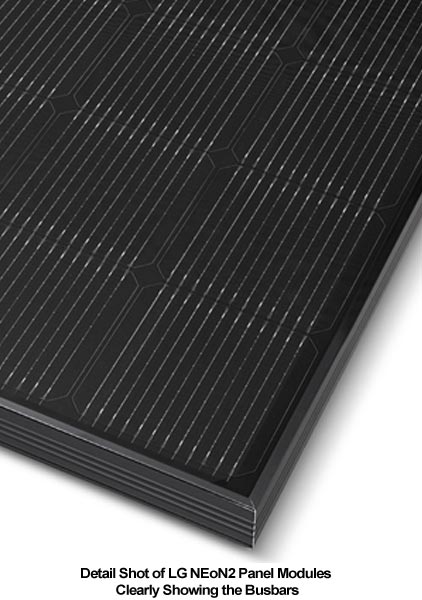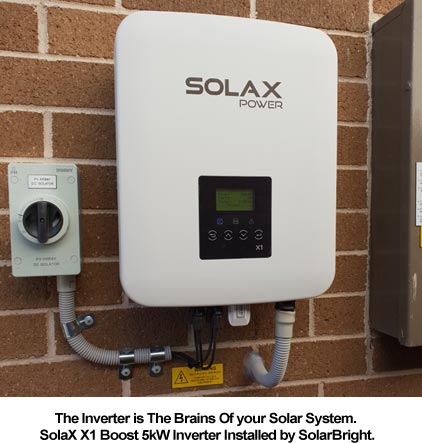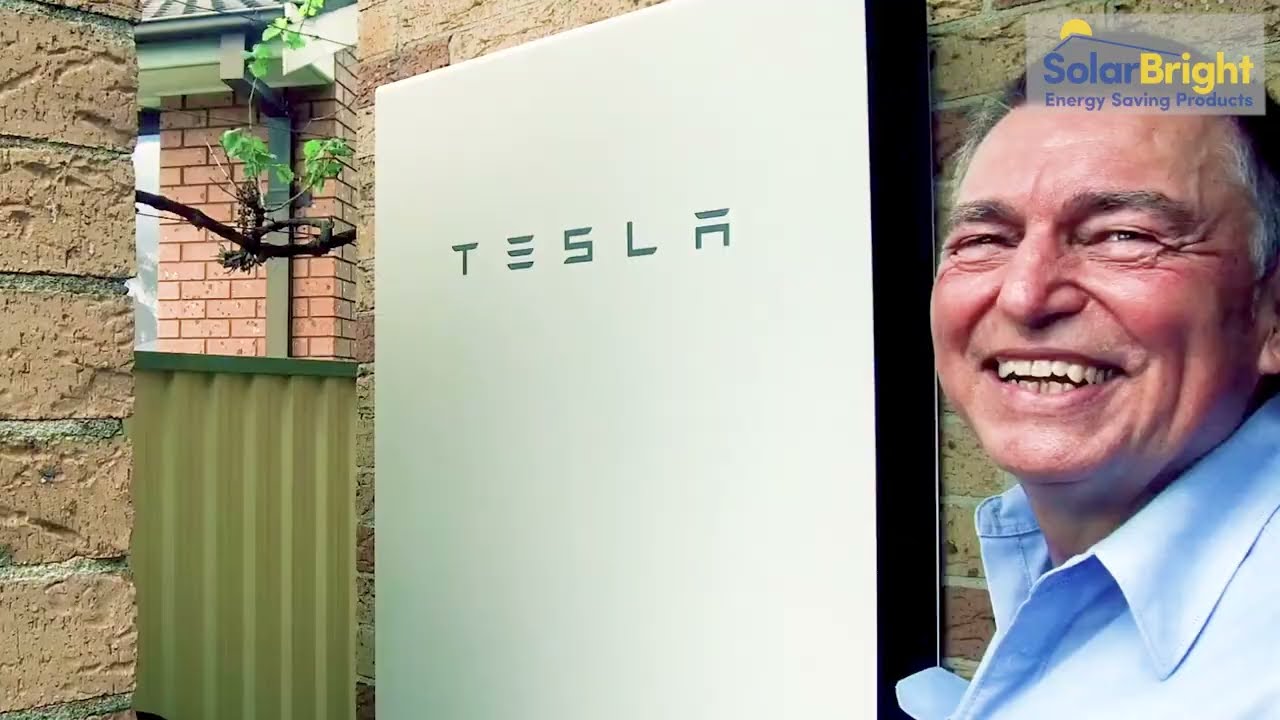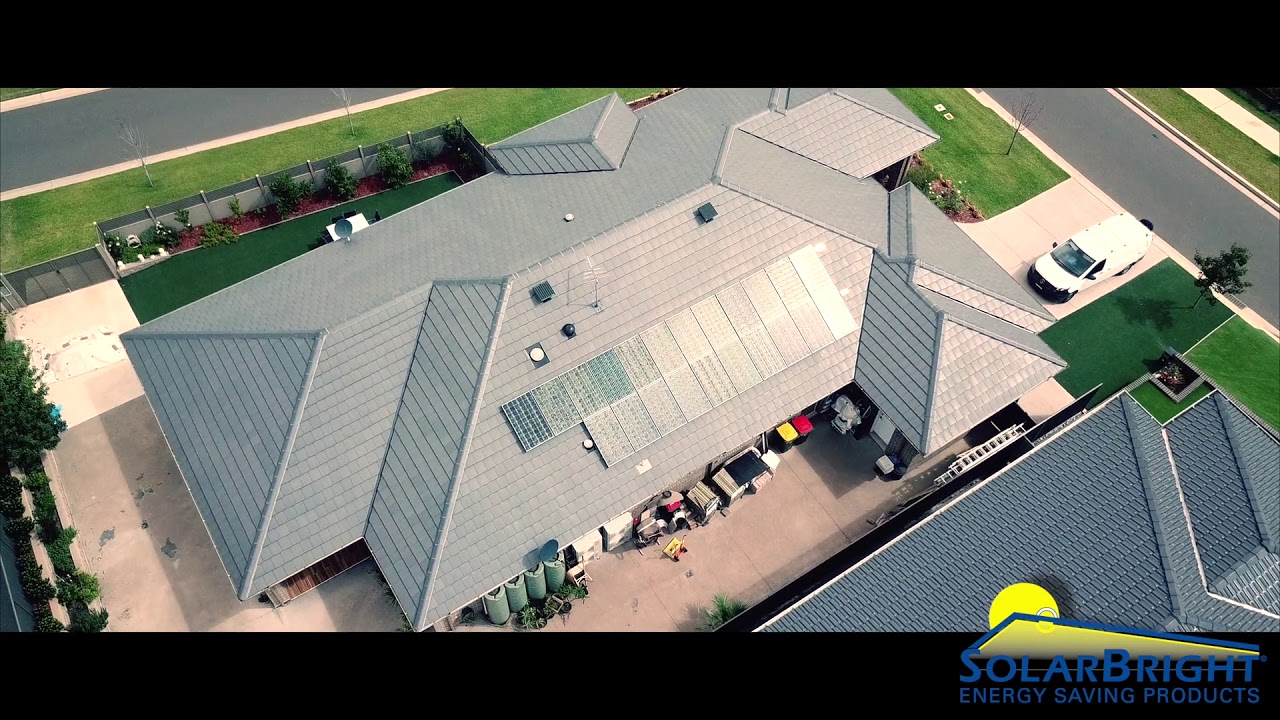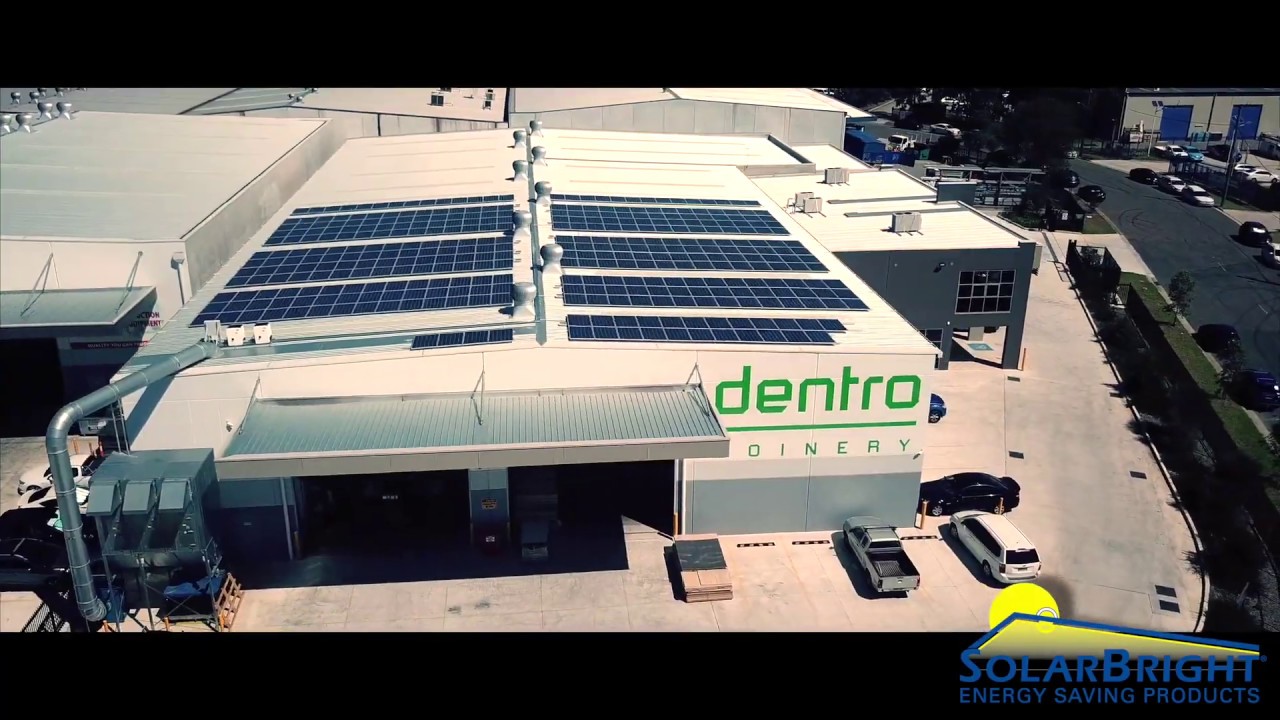How Does Solar Work?
This is a more in depth look at how solar panels work and how a solar system works.
The solar system has several key components that work together to allow the solar system to power your home.
The Solar Panels – the “heart” of the system that produce the electricity as Direct Current (DC).
The Solar Inverter – the “brain” of the system, converts the DC electricity from the panels into Alternating Current AC electricity compatible with your home and the power grid. It directs the electricity to power you home. If the panels are producing more electricity then you can use, it feeds the excess power into the grid so you can get paid for it via a feed in tariff in tariff from your supplier.
An Electrical Meter Box with a Net Meter – all homes and businesses connected to the power grid have an electrical meter box. After the installation of the solar system you apply to your energy supplier for a new net meter which will monitor the excess power fed into the grid.
A Grid Connection – the solar systems that SolarBright install are grid connected i.e. they are connected to the power grid.
A Solar Battery – this is an optional addition to a solar system. A solar battery stores excess power produced by the solar, that is not consumed in the home, so that it can used later.
Let’s look at these components and what they do in more depth.
The Solar Panels
The solar panels are the heart of the system and producing free, green electricity from sunlight and pumping it into your solar system and your home.
How Do Solar Panels Work?
In simple terms sunlight excites the silicon atoms in the silicon wafers in the panel to release electrons creating electricity. This known as the photovoltaic (PV) process.
Making the solar panels begins silicon with being processed and grown into silicon ingots. The ingots are a large single silicon crystal -hence the term “monocrystalline” or mono in relation to solar panels.
The silicon ingots are sliced into thin wafers and made into photo-voltaic cells which are then assembled into modules. Solar panels for residential systems usually have 60 modules.
When sunlight hits the panel, the particles of light known as photons excite the silicon atoms in the modules to release electrons creating a flow of electricity.
Lengths of thin metal wires known as busbars run through the modules and the length of the panel collect the electricity. Typical T1 solar panels will have 5 or 6 busbars. The LG NEoN2 panels very advanced and have 12 busbars – one of the technologies underpinning their performance and technology leadership in the solar panel market.
Each panel model has a solar cell module efficiency rating which is measurement of the rate by which the solar panel converts sunlight into electricity. The higher the rating the better the efficiency. Most panels have module efficiency ratings of 17 to 21%.
Panels are rated by their total power maximum output in watts (W). Most residential solar panels offered on the market will have an output of 300 Watts or above.
In physical terms the size of a solar panel is approximately 1m wide and 1.7m long and weighs around 20kg.
&
What Does The Solar Inverter Do?
The solar inverter is an electrical device and performs two major functions. First It converts the DC power produced by the solar panels into 240V AC power that is compatible the home electrical system and the power grid.
The second function of the inverter is to direct the AC power where it is needed:
- The inverter will first direct the electricity to fill the demand for the power needs of the home or business
- When more power is being produced by the panels then can be consumed, the inverter will feed the excess power into the power grid.
- If a solar battery is connected to the system, the inverter will first feed the needs of the home then direct any excess power produced by the panels to the solar battery. Once the solar battery is fully charged it will feed the excess to the grid.
Most inverters now come with Wi-Fi connectivity and apps that monitor system production and report any inverter faults or issues.
The inverter is normally mounted near the meter box and is wired to the premises electrical system in the meter box.
The Meter Box And Net Meter
All premises that have an electrical connection to the grid have a meter box. This is where the power from the grid is distributed to the circuits in the building. The power coming from the inverter is also distributed into these circuits as needed in the meter box.
After the the solar system is installed by one of Clean Energy Accredited Solar Installers the meter box needs to have the electricity meter replaced with a new net meter. This will be able to monitor the power that your solar system sends back to the grid so can receive you feed in tariff.
The net meter is usually supplied and installed free of charge by you. power provider. Once the install is completer you call them to organise the net meter.
Grid Connection
All the solar systems installed by SolarBright are grid connected. The grid connection brings the electricity from the power grid into the meter box and home and allows for excess power produced by the solar system to be exported back to the grid.
Video Testimonials
Our Customers’ Experiences
Written Testimonials
Our Customers’ Experiences
Through our thorough investigations of solar companies, we decided to install with SolarBright. Though they weren’t the cheapest, nor the most expensive, we based our decision on longevity in the business, resolutions to product reviews and the abundance of knowledge by their representative.
We have been very happy with the service provided and have no hesitations in recommending the company for any solar installations.
Helen T
With my electricity costs due to increase by more than 30%, I required a viable and quick solution. The professional team at SolarBright were first class in listening to my requirements and providing me the correct solution. The purchase and installation of my new solar system was performed within 7 days.
I have already started to save money. I highly recommend SolarBright.
John Cagliuso
We just had a Maxlight 400mm (skylight) installed. What a difference it has made, even when it was raining today we could see the difference. I had popped into Solarbright and meet Michael. He explained all our options, went through the differences in the diffusers and gave me a quote. Could not have been easier…The service was very prompt and professional , the house was left clean.
All in all a great decision. Would highly recommend SolarBright.
Donna Scerri
Free Consultation
1300 852 622
Please contact us today for on obligation free consultation and proposal.
